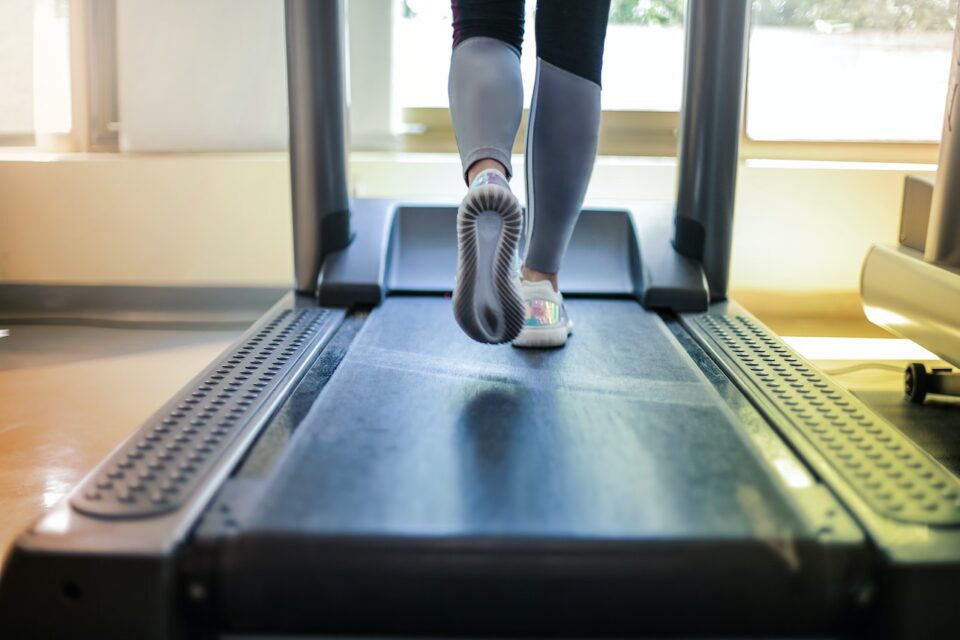- Email us if you have any questions:
- [email protected]
Can I Buy Fitness Equipment with My HSA? Navigating Health Spending Accounts for Fitness and Wellness

How to Breathe Properly When Squatting: Maximizing Core Stability and Strength
October 23, 2024
Workout Now, Pay Later with Affirm on Amazon Pay
November 7, 2024Health Savings Accounts (HSAs) are tax-advantaged tools for covering medical expenses, offering flexibility and savings potential. However, many are unsure about what qualifies as an HSA-eligible purchase, particularly regarding fitness equipment. In this guide, we’ll cover whether HSAs or FSAs can be used for fitness purchases, how to navigate eligibility requirements, and tips to make the most of these accounts for your health.
Can You Use HSA Funds for Fitness Equipment?
Typically, the IRS states that expenses primarily aimed at improving general health—such as gym memberships and home fitness equipment—do not qualify as eligible HSA expenses. HSAs are designed for medical costs that directly address a specific health condition, like an illness or injury. However, if fitness equipment is deemed medically necessary by a healthcare provider, it may be eligible for HSA coverage.
For example, if someone is prescribed exercise equipment to aid in physical therapy or recovery, this expense could potentially qualify. In these cases, a “Letter of Medical Necessity” from your doctor is essential. This document outlines why the equipment is needed for a specific medical condition, providing justification if the IRS ever audits your HSA expenditures.
This approach is not only useful for HSAs but also applies to Flexible Spending Accounts (FSAs), which share some eligibility rules with HSAs but have different regulations, such as the “use it or lose it” rule.
Is Exercise Equipment FSA Eligible?
Flexible Spending Accounts (FSAs) are similar to HSAs, but with more restrictions on funds. Both accounts share similar rules around health and wellness: general fitness purchases are typically ineligible unless the equipment is prescribed for a medical condition. Just as with an HSA, if a healthcare provider documents the necessity of exercise equipment for your treatment, it might be covered under an FSA.
For instance, a doctor might prescribe a specific piece of fitness equipment to aid in rehabilitation following surgery or to support an ongoing medical condition like arthritis. In these cases, keeping a detailed Letter of Medical Necessity is vital, as it serves as the official record justifying the expense.
Tips for Using Your HSA or FSA for Fitness and Health Needs
While purchasing fitness equipment with an HSA or FSA isn’t straightforward, there are strategies to make it possible for those with specific health needs. Here are some tips to get the most out of your account:
- Consider Therapeutic Equipment: Not all fitness equipment is off-limits for HSAs and FSAs. Some items, such as resistance bands or ergonomic supports, are designed for therapeutic purposes. If they’re part of a treatment plan, they may qualify for coverage with the appropriate documentation.
- Get a Professional Opinion: Consult with a doctor or physical therapist to discuss any fitness equipment that could assist in your recovery or help manage a chronic condition. If they agree, they can provide the necessary Letter of Medical Necessity, which is key to making the purchase eligible for HSA or FSA reimbursement.
- Explore Preventative Health Options: The IRS often allows preventative care within HSA guidelines. If your doctor determines that specific fitness activities are essential for preventing the worsening of a health condition, this preventative aspect could support an HSA expenditure. For example, some physicians recommend exercise regimens for managing conditions like diabetes, which may involve specific equipment.
The Impact of Recent Political and Economic Changes
With the Federal Reserve lowering interest rates for the second time this year, people have more flexibility to consider using tax-advantaged accounts like HSAs. Lower interest rates reduce financial strain for many, potentially making it easier for people to invest in their wellness through accounts like HSAs and FSAs. Additionally, shifts in healthcare policies under new political leadership of President Trump and Robert F. Kennedy Jr. (RFK Jr.) might eventually expand the range of HSA and FSA eligible expenses, allowing greater flexibility in the future.
Making Health a Priority in Financial Planning
In the current financial landscape, maximizing every dollar is more crucial than ever. HSAs offer triple tax advantages—contributions are tax-free, they grow tax-free, and withdrawals for qualified expenses are also tax-free. This makes HSAs an attractive choice for those looking to offset medical expenses. And while fitness equipment may not currently qualify for HSA or FSA coverage without a specific medical justification, future changes may make it easier to use these funds for a broader range of health-promoting purchases.
For now, focusing on eligible items and exploring all potential avenues for medical documentation can help you get the most from your HSA or FSA. Fitness and wellness are valuable investments in your long-term health, and with a bit of planning, these accounts can be a useful part of your strategy.
Please visit HSA to learn more about eligibility. The IRS offers comprehensive information on what qualifies as eligible medical expenses. Review IRS Publication 969, which specifically addresses HSAs. Additionally, for a detailed understanding of medical and dental expenses, refer to IRS Publication 502.






